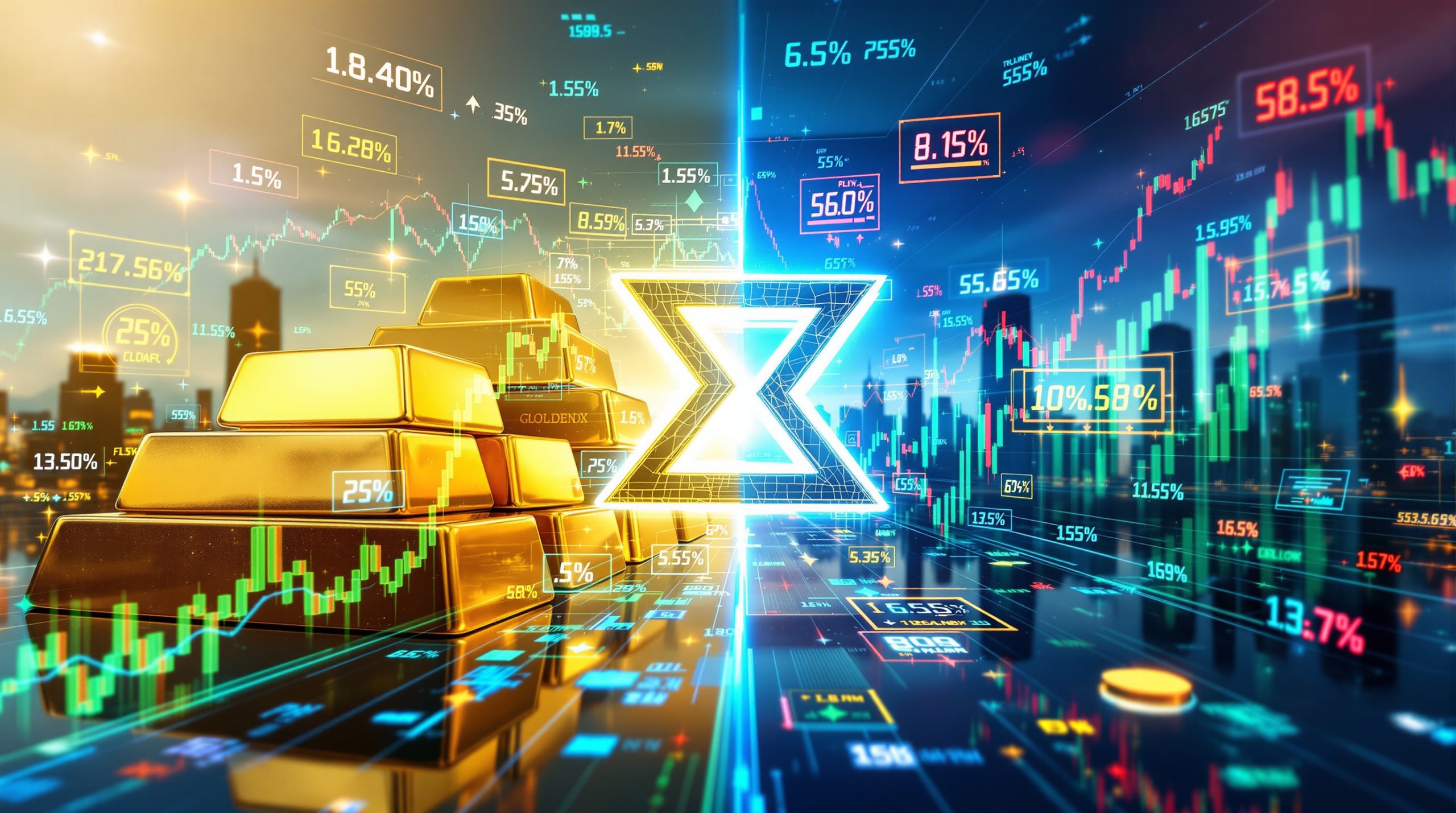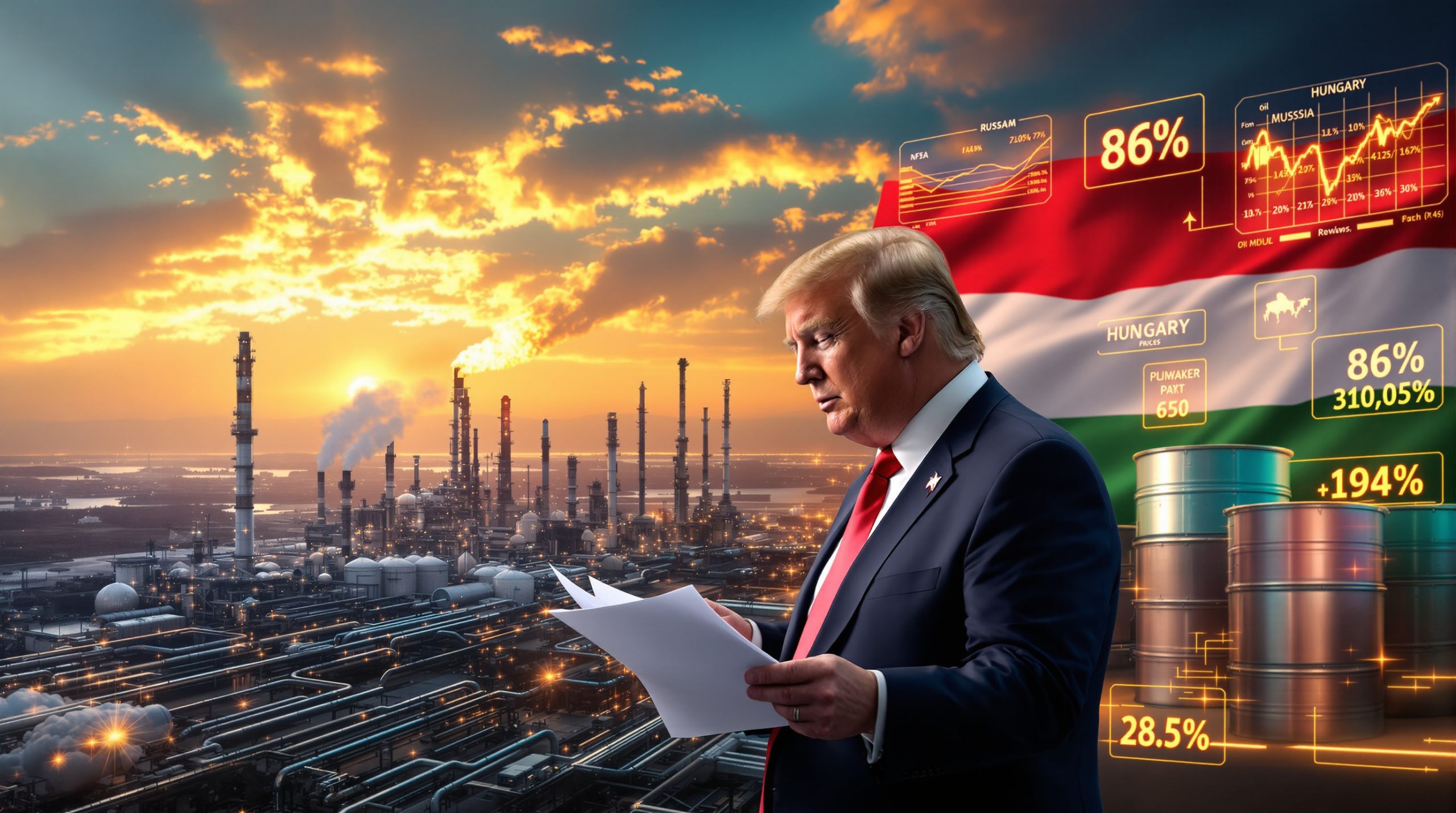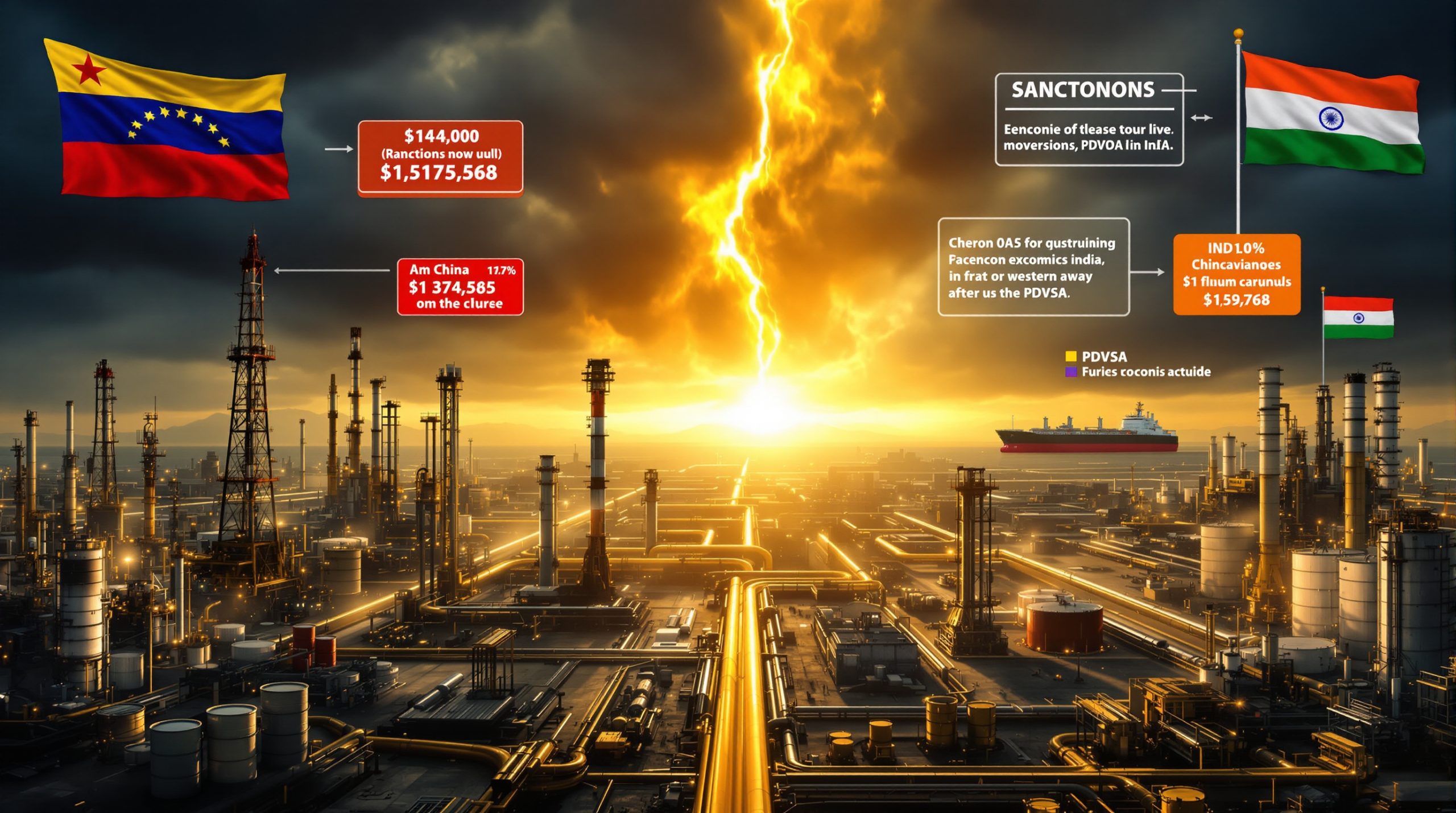What Drives Gold's Recent Price Volatility?
Recent Gold Price Movements
Gold has experienced remarkable price volatility in recent months, reaching an unprecedented $3,500 per ounce milestone that shocked even veteran market observers. This historic peak was followed by a sharp pullback, with prices briefly dropping below $3,300 on April 23rd – a correction that had some analysts questioning the sustainability of gold's meteoric rise.
The magnitude of the recent rally cannot be overstated – the precious metal demonstrated an astonishing $400 price increase in just over a month, a movement that represents one of the most aggressive upward trajectories in modern gold market history. This volatility has created both opportunities and challenges for investors attempting to navigate the complex interplay between gold price changes and geopolitical factors.
Institutional investors have been particularly active during this period, with trading volumes reaching record levels across major exchanges. According to industry analysts, the combination of sovereign wealth fund participation and retail investor interest has contributed to the unprecedented price swings, creating a market environment where technical indicators are frequently overwhelmed by sentiment-driven momentum.
The Trump-Powell Tension Factor
A significant catalyst behind gold's recent volatility emerged from the escalating tension between US President Donald Trump and Federal Reserve Chair Jerome Powell. Trump publicly criticized Powell, referring to him as "Mr. Too Late" and suggesting the economy would face a significant slowdown without immediate interest rate cuts. The timing of these comments, coinciding with gold's upward trajectory, amplified market uncertainty.
In a statement that sent shockwaves through financial markets, Trump initially declared that Powell's "termination cannot come fast enough" before subsequently moderating his position. This unprecedented public criticism of the Federal Reserve chief by a sitting president sparked a heated debate over institutional independence and monetary policy autonomy, with gold prices reacting sharply to each development in the confrontation.
The constitutional question of whether a president has the authority to dismiss a Federal Reserve chairperson became the subject of intense legal scrutiny. Constitutional experts pointed out that no historical precedent exists, as no president has ever attempted to remove a Fed chair before their term expired. This legal uncertainty created additional market apprehension, with gold benefiting from its traditional role as gold as a hedge against institutional instability.
The Geopolitical Perspective
While the Trump-Powell tensions captured headlines, expert analysis suggests they represent only a minor factor in gold's broader price movement. Vince Lansancy of Gold Fix attributes only the last $50 of the price jump to these domestic political tensions, stating unequivocally: "The reason gold's going up is because geopolitical factors are creating a perfect storm of uncertainty."
Lansancy's analysis highlights how current market conditions have uniquely united investors across the political spectrum. Conservative investors concerned about sovereign debt levels and progressive investors worried about wealth inequality are both turning to gold as a hedge against systemic instability, creating unprecedented demand pressure across multiple market segments.
The acceleration of global economic trends, particularly the ongoing realignment of trade relationships between major economies, has increasingly focused investor attention on gold's role as a neutral reserve asset. As traditional currency relationships face mounting pressure, gold's status as a non-sovereign store of value has elevated its strategic importance for both institutional and retail investors navigating an increasingly complex geopolitical risk and gold landscape.
How Do Global Tensions Impact Gold Prices?
Gold as a Geopolitical Safe Haven
Rising tensions between major powers have consistently driven investors toward gold as a geopolitical safe haven. The current environment features multiple overlapping concerns, including potential fragmentation of global trade networks, regional military conflicts, and the weaponization of economic relationships that were previously considered purely commercial in nature.
Market anxiety has been particularly acute regarding the possibility of China selling US treasuries in response to trade restrictions. Such a move would represent a significant escalation of economic hostilities and could potentially destabilize bond markets, pushing even more institutional capital toward precious metals. Gold's unique status as an asset without counterparty risk makes it especially attractive during periods of deteriorating international relations.
The ongoing political polarization across developed economies has created an unusual market dynamic where gold demand has unified across ideological lines. Conservative investors concerned about currency debasement and progressive investors worried about wealth inequality are both increasing their exposure to precious metals, creating sustained buying pressure that transcends traditional market segmentation.
The trade war acceleration is highlighting existing global economic fragilities that had been previously masked by monetary policy accommodation. As these structural vulnerabilities become more apparent, gold's traditional role as a crisis hedge is being reinforced, with increased demand from both institutional investors and central banks seeking to diversify reserve assets away from potentially vulnerable fiat currencies.
Central Bank Influence on Gold Valuation
John Pollson, chair of Pollson Advisers and a prominent American billionaire, has stated unequivocally that gold is "moving to a new level of valuation" driven primarily by central bank purchasing patterns. This perspective suggests that the current price movements represent a structural shift rather than a temporary deviation from historical valuation models.
The sustained central bank buying trend shows no signs of abating, with emerging market economies continuing to increase their gold reserves as a percentage of total national assets. This diversification strategy reflects growing concerns about the long-term stability of traditional reserve currencies and represents a significant driver of demand that operates independently of short-term market sentiment.
Institutional investment patterns are increasingly shifting toward precious metals as portfolio managers reconsider traditional asset allocation models in light of changing correlation patterns. The historical inverse relationship between equities and gold has become less reliable in recent market conditions, creating complex hedging challenges that many institutions are addressing through increased precious metals exposure.
Market analysts note that central bank gold purchases have maintained a consistent upward trajectory despite price increases, suggesting that monetary authorities are focused on strategic diversification rather than tactical trading. This behavior indicates a fundamental reassessment of gold's role within the international monetary system that could support higher price levels over an extended time horizon.
Major Gold Industry Developments and M&A Activity
Barrick Gold's Strategic Divestment
In a transaction that has reshaped the North American gold mining landscape, Barrick Gold announced the sale of its 50% stake in Alaska's Donlin Gold project for $1 billion USD. The carefully structured deal involves Pollson Advisers providing $800 million and NovaGold contributing $200 million, creating a new ownership structure that significantly alters the development timeline for one of the world's largest undeveloped gold deposits.
The post-deal ownership configuration grants Pollson a 40% stake in the project, while NovaGold increases its interest from 50% to a controlling 60% position. This realignment of interests is expected to accelerate development decisions that had previously been delayed by disagreements between the original joint venture partners regarding capital allocation priorities.
Barrick CEO Mark Bristo emphasized the "attractive valuation" achieved in the transaction, framing the divestment as consistent with the company's strategic focus on tier 1 assets that offer superior returns on invested capital. Industry analysts note that this move aligns with Barrick's publicly stated intention to prioritize projects with clearer paths to production and more predictable regulatory environments.
The company has signaled its intention to increase copper exposure through strategic portfolio realignment, reflecting a growing consensus within the mining industry that the energy transition will drive sustained demand for conductive metals. This pivot toward copper-gold assets represents a significant strategic shift for a company that has historically maintained a predominantly gold-focused portfolio.
Donlin Gold Project Challenges
The Donlin project stands as one of the world's largest undeveloped gold deposits, with estimated reserves exceeding 33 million ounces. However, this immense geological opportunity faces equally significant development challenges that have complicated advancement efforts despite its exceptional grade profile and resource continuity characteristics.
The project's remote northern location in western Alaska presents formidable logistical obstacles, with the absence of existing infrastructure necessitating substantial capital investment before production could commence. Essential requirements include construction of a dedicated power plant, a 315-mile natural gas pipeline, and transportation infrastructure to move equipment and personnel to the isolated site.
Persistent disagreements between Barrick and NovaGold regarding feasibility study timing have further delayed development decisions. Barrick had advocated for additional engineering work to refine capital cost estimates, while NovaGold pushed for a more aggressive development schedule – a fundamental strategic difference that the ownership restructuring may help resolve.
The Donlin case exemplifies how geography dramatically impacts development timelines for major deposits, with environmental permitting in sensitive northern ecosystems adding regulatory complexity beyond what might be encountered in more established mining jurisdictions. The project's eventual development pathway will likely serve as a case study for how large-scale mining operations can be advanced in environmentally sensitive remote locations.
COC Group's Acquisition of Lumina Gold
The mining industry witnessed another significant transaction with COC Group's all-cash acquisition of Lumina Gold, valued at C$581 million (equivalent to $1.27 per Lumina share). The deal represents a substantial premium to Lumina's trading price prior to acquisition rumors and reflects strong strategic interest in securing development-stage copper-gold assets.
Lumina's Congra project represents Ecuador's largest primary gold deposit and offers exceptional exploration upside beyond its already substantial defined resource. The 2023 prefeasibility study outlined a 26-year mine life with projected annual production of 371,000 ounces of gold and 41 million pounds of copper, positioning the project as a potential tier 1 asset once developed.
Mining industry figure Ross Speedy, Lumina's largest shareholder prior to the acquisition, played a pivotal role in advancing the project through early-stage technical studies and navigating Ecuador's evolving regulatory framework. His strategic vision for the asset helped attract COC Group's interest despite broader market concerns about jurisdictional risk in Ecuador's mining sector.
Industry analysts note that the transaction valuation reflects growing recognition of copper-gold projects' strategic importance in meeting future metal demand. The combination of precious metal exposure and industrial metal production potential creates a compelling investment case, particularly for assets located in jurisdictions with improving regulatory clarity and developing mining codes.
FAQs About Gold Price Movements
What factors typically drive gold price increases?
Gold prices generally rise during periods of geopolitical tension, economic uncertainty, inflation concerns, and when central banks increase gold purchases. Recent movements show how political rhetoric, trade tensions, and monetary policy expectations can create significant price volatility. The unprecedented $400 price increase observed over a single month demonstrates how these factors can compound to produce extraordinary market movements when multiple supportive conditions align simultaneously.
Currency debasement concerns have historically provided support for gold prices, with the metal serving as a store of value that cannot be inflated away through monetary policy actions. Current market conditions feature heightened sensitivity to currency risks due to unprecedented government debt levels and continued expansion of central bank balance sheets across major economies.
How do interest rates affect gold prices?
Interest rates have an inverse relationship with gold prices. When interest rates are low or expected to decrease, gold becomes more attractive as an investment since it doesn't yield interest itself. Trump's comments about Powell lowering rates temporarily boosted gold prices due to this relationship. This dynamic explains why gold often performs strongly during periods of monetary accommodation and why forward guidance from central banks can trigger significant price movements.
The opportunity cost of holding non-yielding assets like gold increases in rising rate environments, creating selling pressure as investors seek income-producing alternatives. Conversely, when real yields (nominal rates adjusted for inflation) turn negative, gold's lack of yield becomes less disadvantageous, supporting higher valuations for precious metals across market cycles.
What makes a gold project a "tier 1 asset"?
Tier 1 gold assets typically feature large reserves, long mine life (15+ years), low production costs, favorable jurisdictions, and annual production exceeding 300,000 ounces. Companies like Barrick focus on these assets for their portfolio stability and economic resilience. These projects can withstand commodity price volatility and deliver consistent returns throughout market cycles, making them strategic cornerstones for major mining companies.
Beyond scale and economics, tier 1 assets generally benefit from operational flexibility that allows production optimization based on prevailing market conditions. This adaptability, combined with substantial resource upside potential beyond defined reserves, creates compelling value propositions that attract premium valuations from strategic acquirers and public markets alike.
How do remote locations impact gold project development?
As demonstrated by the Donlin project in Alaska, remote locations significantly increase development costs, complicate logistics, require substantial infrastructure investment, extend timelines, and may create disagreements between development partners on project feasibility. The infrastructure requirements alone can represent billions in additional capital expenditure before a single ounce of gold is produced.
Environmental permitting in remote locations often faces heightened scrutiny, with regulatory agencies requiring extensive baseline studies and mitigation plans for potential impacts on pristine ecosystems. This regulatory complexity adds both time and uncertainty to development schedules, frequently becoming a primary consideration in investment decisions for projects located far from existing infrastructure networks.
The economic threshold for developing remote deposits is substantially higher than for comparable assets in established mining districts. Projects must demonstrate exceptional grade profiles and scale advantages to justify the additional capital requirements associated with infrastructure development. This dynamic explains why many world-class remote deposits remain undeveloped despite containing significant mineral inventories.
For investors looking to gain exposure to the gold sector without the operational complexities of mining projects, Gold ETFs 2024 strategies offer a more accessible alternative. Additionally, those interested in a longer-term perspective may find value in examining the gold market outlook 2025 to inform their investment decisions.
For those willing to take on more direct exposure to the mining sector, investing in mining stocks can provide leveraged exposure to gold price movements, though with additional company-specific risks that must be carefully assessed. Understanding what drives the price of gold remains essential for anyone looking to participate in this dynamic market.
Looking for Investment Alerts on the Next Big Gold Discovery?
Discovery Alert's proprietary Discovery IQ model delivers instant notifications on significant ASX mineral discoveries, transforming complex data into actionable gold investment opportunities. Visit the Discovery Alert discoveries page to understand why historic mineral discoveries can generate substantial returns and begin your 30-day free trial today.




